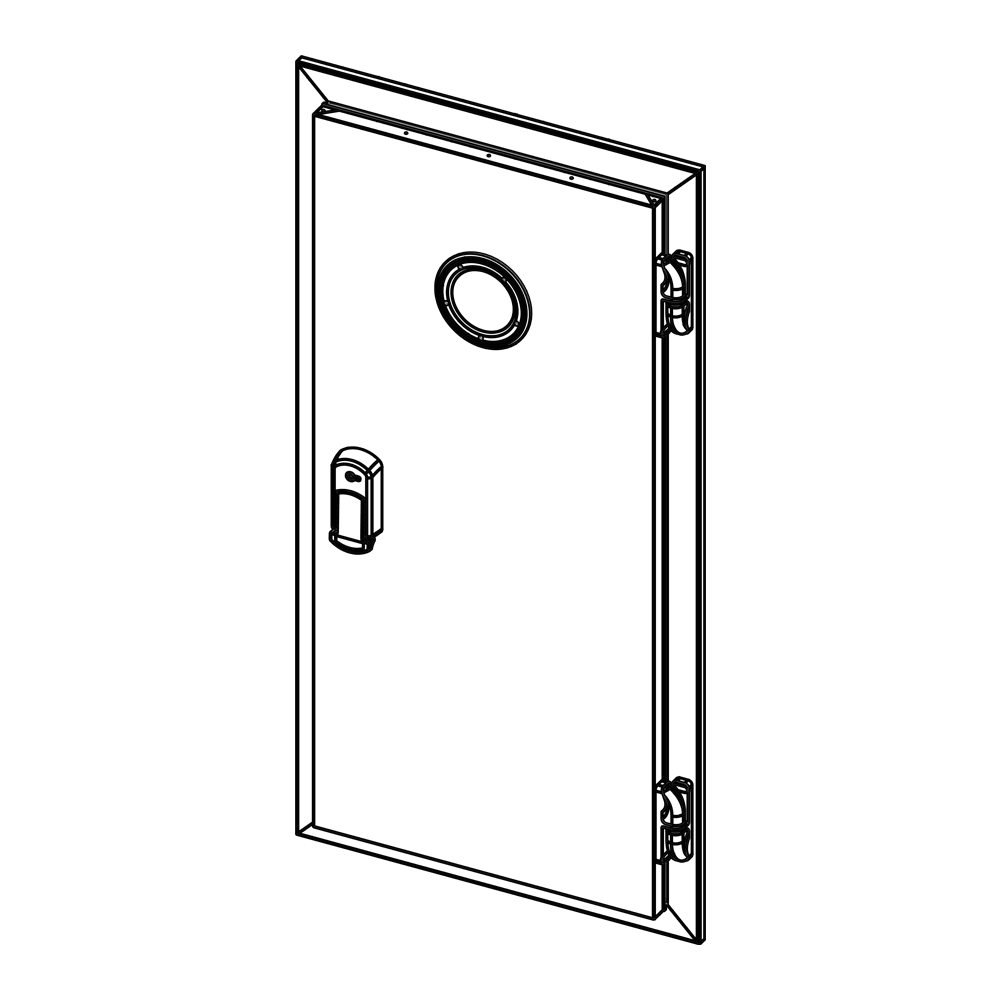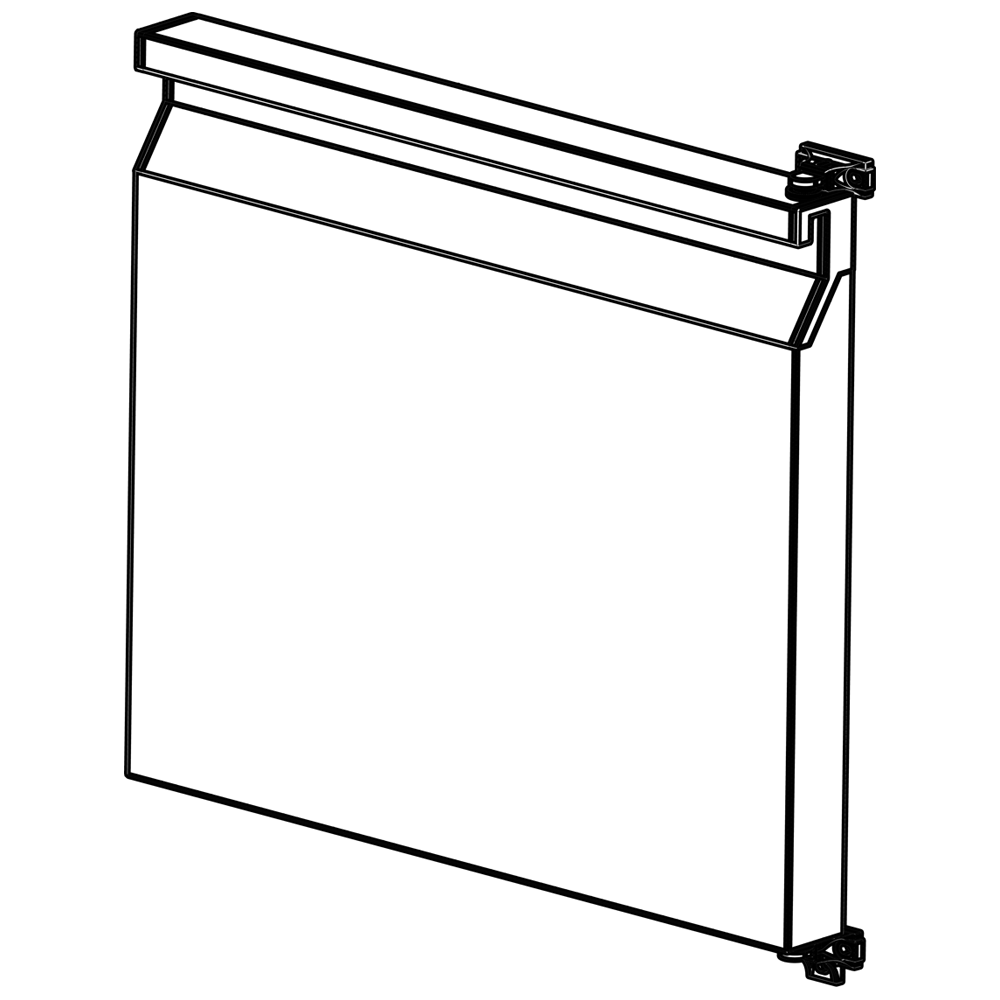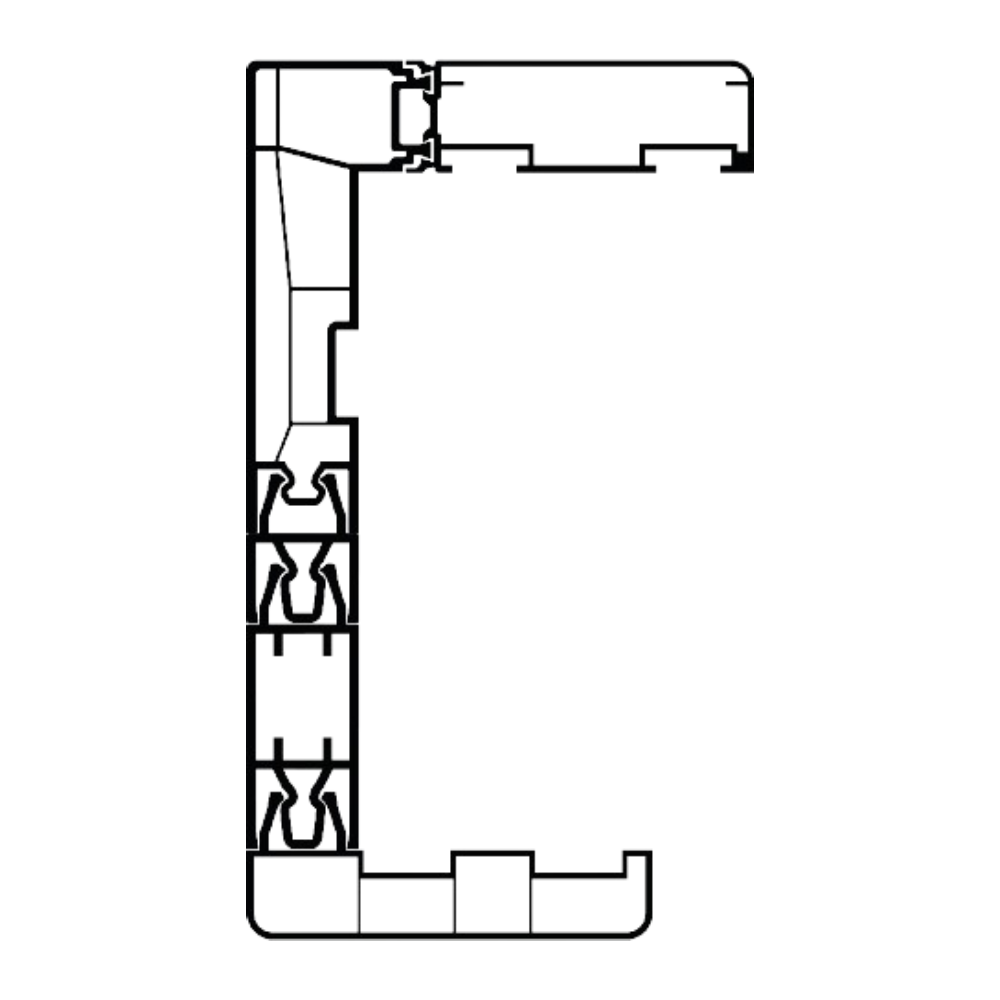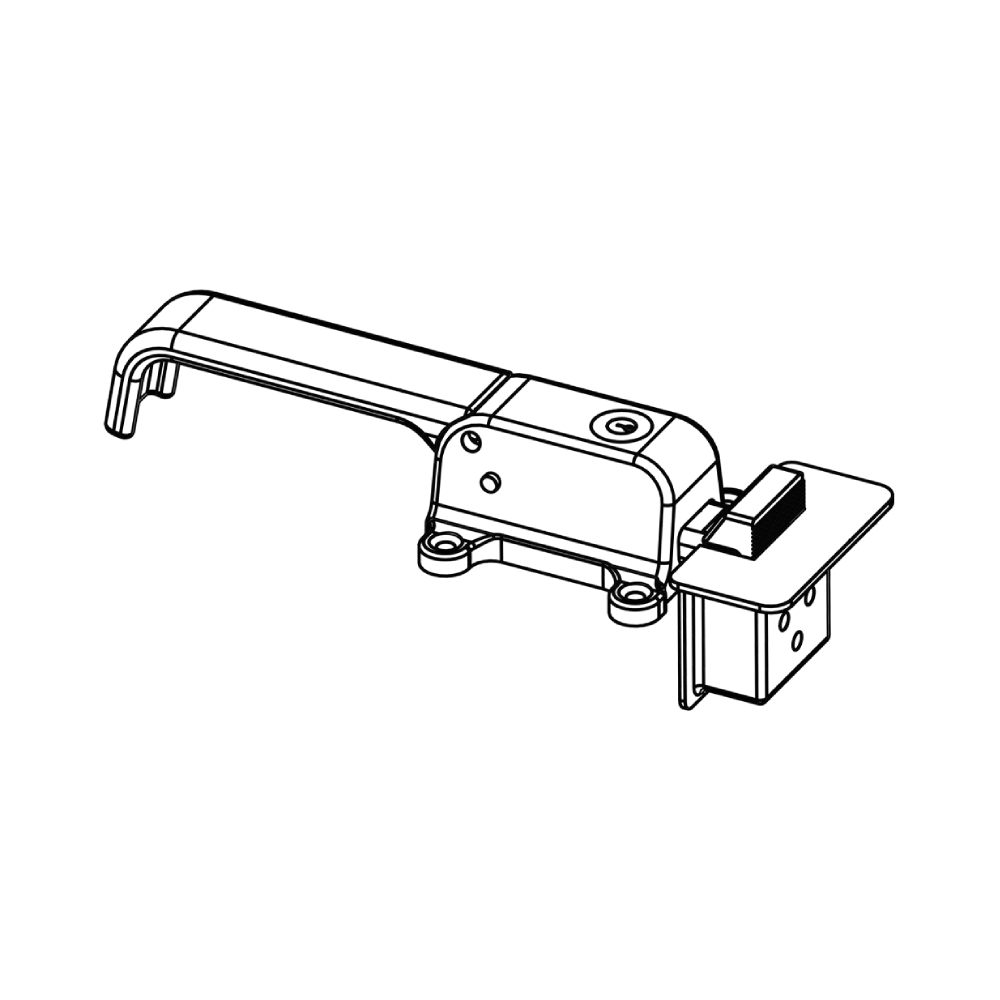Cold Room Solutions 2025
Table of Contents
- What Technological Features Should Be Considered When Choosing a Cold Room in 2025?
- Which Type of Cold Room Is More Suitable for Food Storage?
- Why Are Modular Cold Room Systems Preferred in 2025?
- How Can Cold Room Energy Consumption Be Optimized?
- How Is Energy Efficiency Achieved in Cold Room Systems in 2025?
- Which Sectors Are Liquid-Cooled Cold Rooms Leading in 2025?
- How Does Compliance with 2025 European Standards Work in Cold Room Installations?
What Technological Features Should Be Considered When Choosing a Cold Room in 2025?
As of 2025, technology has become a key determinant in cold room selection. Systems offering energy efficiency are particularly preferred. Next-generation refrigeration units deliver maximum performance with low energy consumption, reducing operational costs. Additionally, systems using eco-friendly refrigerants stand out in line with sustainability goals.
Smart control systems can automatically monitor and record temperature and humidity levels. These systems offer flexibility by enabling remote access via mobile devices, providing significant advantages in storing sensitive products like food and pharmaceuticals.
Panel quality is another critical factor. High-density insulation panels maintain stable internal temperatures, creating a structure independent of external factors. Sealing systems also minimize energy loss.
In door systems, automatic closing features and fast-opening models enhance operational efficiency. When selecting, both technical specifications and long-term operational needs should be considered.
Which Type of Cold Room Is More Suitable for Food Storage?
Choosing the right cold room type is crucial for preserving food freshness. The room temperature should be determined based on the product type. For example, fruits and vegetables typically require cold rooms operating between 0 and +5°C, while meat and fish may need temperatures of -18°C or lower.
Cold rooms for fresh products should be equipped with systems providing high humidity control to prevent drying and extend shelf life. For frozen foods, strong insulation systems maintaining consistently low temperatures are prioritized, with panel thickness and sealing details playing a critical role.
Material selection for hygiene is another key consideration. Antibacterial coatings facilitate cleaning and enhance product safety. Structures equipped with digital control systems for temperature monitoring effectively maintain quality standards. Selecting systems that provide the appropriate temperature range ensures both efficiency and food safety.
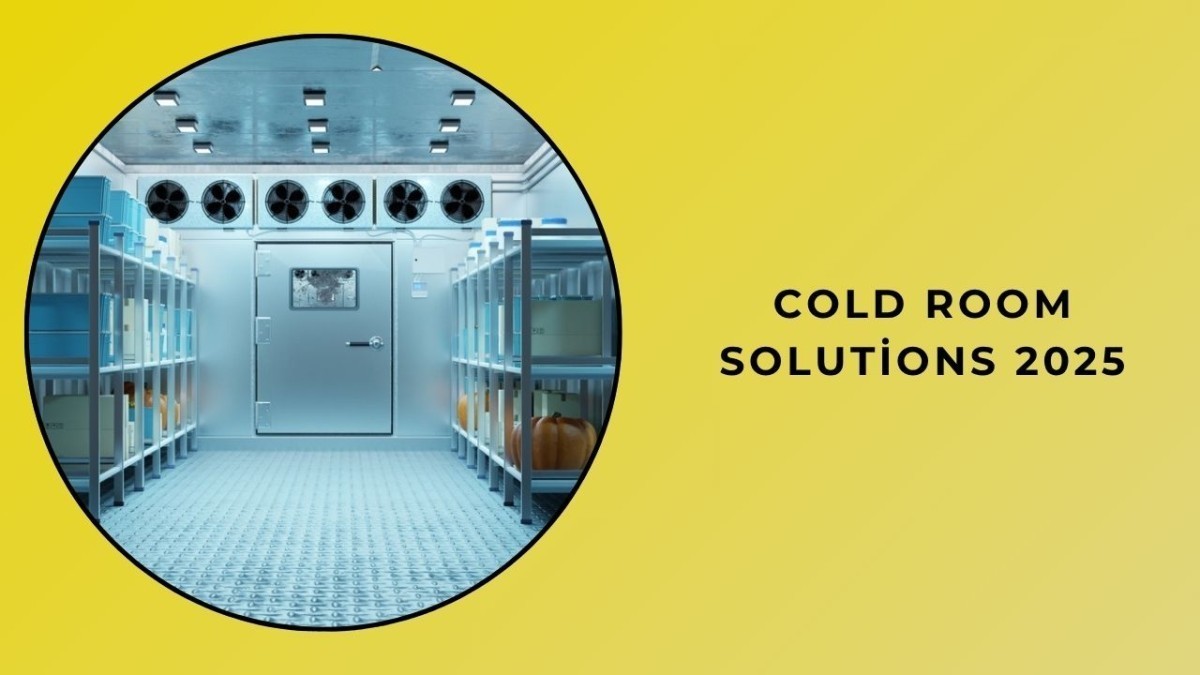
Why Are Modular Cold Room Systems Preferred in 2025?
As of 2025, interest in modular cold room systems is growing due to their fast installation and flexible use. Pre-manufactured panels and equipment allow on-site assembly to be completed quickly, offering significant advantages for time-sensitive projects.
Another benefit is their expandability and reconfigurability. Additional units can be easily added as storage needs grow, providing operational flexibility across various industries.
Portability is also a key factor. Modular structures are designed to be dismantled and reinstalled elsewhere, making them a preferred choice for temporary facilities or leased spaces.
In terms of energy efficiency, next-generation modular systems deliver strong performance. Their high insulation capacity ensures stable internal temperatures. These advantages make modular solutions a top choice for industrial refrigeration needs in 2025.
How Can Cold Room Energy Consumption Be Optimized?
Optimizing energy consumption in cold rooms is crucial for reducing costs and environmental impact. The first step is using high-quality insulation panels. High-density materials maintain internal temperatures, reducing the workload on cooling systems.
Sealed door systems prevent energy loss. Fast-opening doors or those with automatic closing features offer significant savings in high-traffic areas. Air curtains also help maintain internal climates by minimizing external air impact.
Selecting energy-efficient cooling units directly impacts consumption. Compressors with inverter technology adjust operating speed based on load, preventing unnecessary energy use.
Digital automation systems monitor temperature and humidity, ensuring the system operates only when needed. Regular maintenance preserves equipment performance. Combining these methods significantly optimizes energy consumption.
How Is Energy Efficiency Achieved in Cold Room Systems in 2025?
In 2025, cold room systems achieve energy efficiency through advanced technological solutions. A key step is using panels with high insulation capacity, which minimize heat transfer and reduce cooling demands.
Another critical factor is selecting systems with eco-friendly, high-performance refrigerants. These systems lower carbon emissions and maintain target temperatures with less energy.
Automation-supported control systems continuously monitor temperature, humidity, and system performance, preventing unnecessary energy use by activating only when required.
Door designs also impact efficiency. Fast-opening, sealed door systems limit external air influence. Regular maintenance and equipment checks ensure sustained performance, minimizing energy consumption under 2025 conditions.
Which Sectors Are Liquid-Cooled Cold Rooms Leading in 2025?
As of 2025, liquid-cooled cold rooms are increasingly preferred in high-precision sectors. They are particularly prominent in pharmaceuticals, biotechnology, and laboratory environments sensitive to temperature fluctuations, providing stable internal conditions by preventing sudden heat changes.
Stable temperatures are critical for the production and storage of medical products. Liquid-cooled solutions offer consistent performance compared to conventional air-based systems, making them preferred for vaccines, blood products, and biological materials.
Food processing facilities also benefit from this technology, particularly in frozen product lines where precise temperature control is needed to maintain quality.
Electronic manufacturing and data centers, sensitive to heat, are increasingly adopting this technology. Its ability to provide stable climate control and energy-efficient operation makes it a leader in multiple sectors.
How Does Compliance with 2025 European Standards Work in Cold Room Installations?
In 2025, compliance with European standards in cold room installations has become more systematic due to technical and legal requirements. Compliance is critical for facilities serving food safety, pharmaceutical storage, and healthcare. Using equipment with CE marking is a fundamental requirement.
Panels’ thermal insulation coefficient, fire resistance, and hygienic surface properties are determined according to European standards. Additionally, refrigerants must comply with European F-Gas regulations, addressing environmental protection and sustainability goals.
The installation process, including design, assembly, and testing, adheres to specific quality control protocols. Components like electrical systems, air sealing, and temperature monitoring systems are configured to fully comply with European norms.
Audit mechanisms play a more active role during this period. Compliant systems enhance competitiveness in international markets while offering long-term, safe usage benefits.


